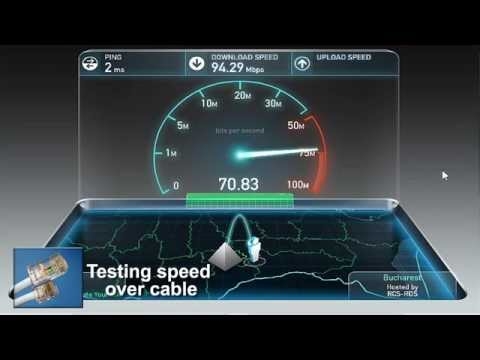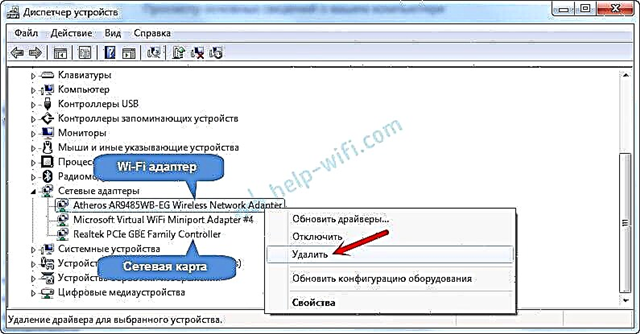A lot of users who have updated, or just installed Windows 10, have encountered problems with Wi-Fi. Someone's laptop does not see the wireless adapter at all, the networks available for connection are not displayed, there are problems when connecting to Wi-Fi. And if everything connects, then the "Connection limited" problem may arise, when the Internet simply does not work.
And in almost all these cases, there is only one reason: the wireless Wi-Fi adapter driver. Either it is not installed at all, or it is installed but does not work correctly. Windows 10 usually installs the driver on the Wi-Fi adapter itself, but this driver does not always work as it should. And the manufacturers of laptops and Wireless adapters have not yet released new drivers for their models. And Windows 10 is updated all the time, and problems usually appear after these updates (judging by the comments on the articles on this site).
So, almost all problems and errors are due to the driver. The driver instructs the system how to properly "communicate" with the hardware. In our case, with a wireless adapter. And if the adapter itself and Windows 10 do not really understand each other, then our computer has problems with the Internet when connected via Wi-Fi. Therefore, the first step is to check and experiment with the wireless adapter driver.
We'll look at cases where the driver is still installed (possibly Windows 10 itself), but problems with Wi-Fi appear. Or, you cannot connect to the wireless network using the standard scheme described in this article.
Replacing the Wi-Fi adapter driver in Windows 10
As a rule, in case of some problems, reinstalling (updating) the driver does not help. In any case, you can try to download a new driver for your model from the official website of the laptop (adapter) manufacturer and install it. If you have any problems, this should be done first. Still, it is possible to choose one of several drivers installed in the system. What we are now trying to do.
To open Device Manager, click on the search button and enter "device manager". In the search results, click on the dispatcher itself. Like this:

Next, in the device manager itself, we find the tab "Network adapters"... Your wireless adapter should be there. Its name will be the words "Wi-Fi", or "Wireless". If such an adapter is not there, then it is not installed at all. You need to install. I have a Qualcomm Atheros adapter, which is why the driver is called that. You may have a different name (Intel, Broadcom).
There may be a yellow exclamation mark next to the wireless adapter. Right click on the adapter itself, and select Update drivers.

Select item Search for drivers on this computer.

Click on Select a driver from the list of already installed drivers.

Now attention, in the window you should have several driver options (I have 2). Select the one that is currently not installed... Which is different from the one in the device manager. It turns out that we are trying another version of the driver. Select it and click Further.

The required driver will be installed. Now, we restart the computer and test the Wi-Fi operation. If it does not help, and there are still other driver options, then we do everything again, only in the list we select another driver. I think the meaning of these actions is clear. I remember in Windows 8, this method helped solve the problem with connecting without Internet access (limited).
Removing the wireless adapter driver
There is nothing wrong with that. If the method described above did not help solve your problem, for example, with the "Connection limited" status, then you can try to remove the Wireless driver in the device manager.
Go to Device Manager, as I showed above. Right click on our wireless adapter and select Delete.

A warning will appear. Push Ok.

After it we restart the computer. The driver will be installed automatically again.
Trying to roll back the wireless adapter driver in Windows 10
Rolling back the driver is another way to make Wi-Fi work stably, or at least just work :). There are no guarantees that it will help, but if nothing already helps, then it's worth a try. All in the same device manager, right-click on the same Wi-Fi adapter. And choose from the menu Properties.

Go to the tab Driver, and press the button Roll back... It may be that the rollback button is not active. There is nothing to do here, which means there is no older driver in the system.

A message will appear stating that rolling back to an older version of the driver may downgrade functionality, and so on. Push Yes.

We reboot the laptop and check how Wi-Fi works.
These are the tips. If I learn something new on this topic, I will definitely update the article. If you have any useful information on how to solve problems with Wi-Fi in Windows 10, you can share in the comments.











